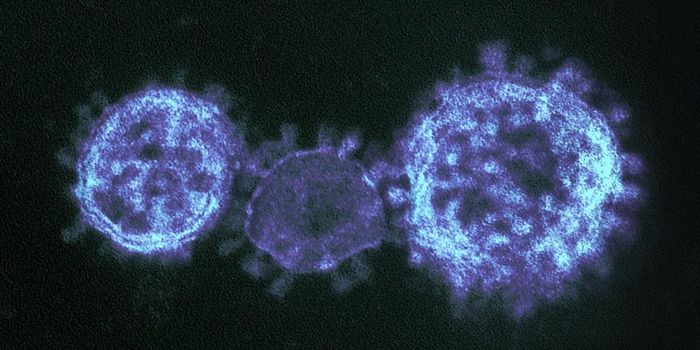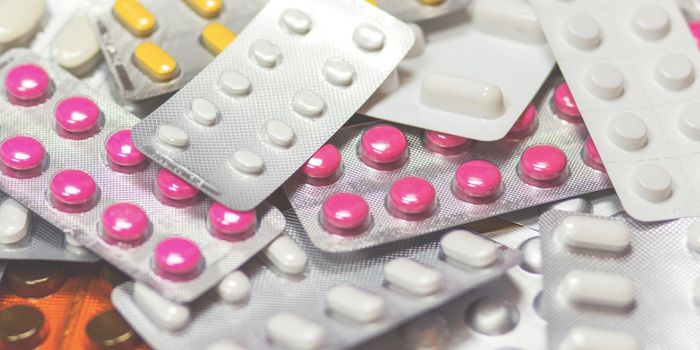Chemistry & Physics
Nanowire Lasers Show Promise For Real-World Applications
DEC 12, 2013 12:00 AM PST
Share
Surprising Discovery With Blood Clots and Bacteria
 The phrase "blood clot" rarely has a positive spin-most people associate blood clots with traumatic and potentially fatal events such as strokes and heart attacks. However, your blood's ability to clot is important for your survival. The clotting process, a product of proteins known as clotting factors that help to bind platelets together, provides a physical barrier to stop bleeding and prevent bacteria and other contaminants from entering wounds and creating infection.
The phrase "blood clot" rarely has a positive spin-most people associate blood clots with traumatic and potentially fatal events such as strokes and heart attacks. However, your blood's ability to clot is important for your survival. The clotting process, a product of proteins known as clotting factors that help to bind platelets together, provides a physical barrier to stop bleeding and prevent bacteria and other contaminants from entering wounds and creating infection.Researchers at UC Davis recently discovered another benefit of blood clots, according to results in the recent issue of the journal PLoS ONE. Blood clots appear to not only provide a physical barrier to bacteria, they also absorb and bind these toxins within their structure, further reducing the chance of septic shock via infection.
The team studied lipopolysaccharide, a toxin released by bacteria that produces inflammation at small amounts in the bloodstream-and, without treatment, can lead to septic shock in larger amounts. (Even with treatment, septic shock is estimated to affect close to 300,000 people per year in the US, and kill between 30-50% of those affected-even with the use of today's most advanced antibiotics.)
For a different project in the area of plant research, the scientists had created a fluorescent marker for a molecule similar to lipopolysaccharide. The team decided to use this marker to investigate the interaction between blood clots and lipopolysaccharide. They found that in a laboratory setting, blood clots, which had been in contact with bacterial lipopolysaccharide, were detected by fluorescent probes, verifying that lipopolysaccharide was attached to the surface structure of the blood clots.
The mechanism was tested in blood clots from both humans and mice. Because of their similar clotting responses using different blends of clotting factor proteins and cells, equivalent clotted materials from horseshoe crabs and lobsters were also tested. In every case, the research team was able to verify that lipopolysaccharides with fluorescent markers were bound within the fibrous structure of the blood clots.
Not only were lipopolysaccharides attached, they were attached so tightly that typical chemical treatments designed to extract large molecules from protein structures were not effective in removing them from the clots. With this strong binding mechanism to toxins, blood clots may provide an active defense against infection as well as a passive barrier. The next question: could these results be verified with in vivo testing?
Peter Armstrong, a professor at UC Davis and the senior author of the recently published paper, was able to do so with the assistance of Harvard University and Beth Israel Deaconess Medical Center. By filming blood clots in live mice, Armstrong was able to provide real-time evidence that the clots effectively absorbed lipopolysaccharides.
It's already known that septic shock can cause blood clots to form quickly throughout the bloodstream. These findings may explain part of the reason why. On smaller scales throughout the body, these clots may be acting as a defense mechanism by binding localized toxins and retarding the spread of infection. This research may lead to more in-depth understanding of the development of sepsis and natural defense mechanisms. More importantly, it may eventually lead to improved infection prevention and treatment methods.
Sponsored by

You May Also Like
Loading Comments...








